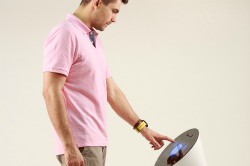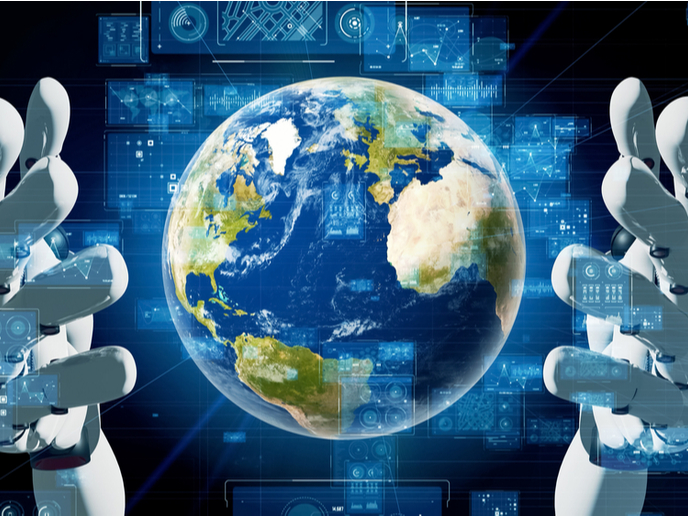State-of-the-art robot to provide autonomous customer service and operations assistance
Mediocre levels of customer service lead to losses of nearly EUR 42 billion each year for companies in the United Kingdom alone. Businesses in sectors such as retail, hospitality and transportation face issues of understaffing, lack of insight and in-store inconsistencies. All these result in customer dissatisfaction. The EU-funded project BotsAndUs “addressed the urgent need for new technologies to boost customer service quality and sales,” says coordinator Andrei Danescu. It performed a feasibility study that “sought to prove the market opportunity and sustainability of an assistant robot named Bo for the retail and hospitality sectors.” Project researchers conducted studies on the retail and hospitality markets and collected feedback on the robot prototype from 15 potential clients – all globally renowned companies. This was done to identify their needs, pains and gains and to understand the social context of the robot’s use. The results helped strengthen the business model for BotsAndUs, including a business plan with sales and pricing strategies. Outcomes also helped to propose a product redesign. Team members defined and designed what they refer to as a ‘social robot’. This robot is able to engage in conversations with customers, adapt to working environments and respond to feedback from people. A sociable, tireless and practical assistant “Consumers are becoming increasingly immune to marketing activities across all channels,” emphasises Danescu. “As a result, it’s crucial for companies selling goods and services to offer memorable, fun and useful experiences.” These attributes are key to increasing customer visits and driving sales. The BotsAndUs concept enriches the robot with abilities to attract attention, pleasantly surprise people, inform and guide, and gratify them with consistent high-quality services. Robots can perform repetitive, stressful, labour-intensive yet important tasks. This frees up humans to focus on complex, high-value work. The advantages of operating such a robot include helping customers find products and areas within a store, doing away with limitations on working hours and facilitating useful insights. “We conceived the robot to perform basic tasks, optimise logistics and displays, and track merchandising, inventory and occupancy,” continues Danescu. Market research initially covered the retail and hospitality industries. The researchers identified two additional sectors. These comprise companies related to transportation hubs and real estate that found the BotsAndUs services highly compatible with their needs. During initial tests, two robot units interacted with over 6 000 people in under 5 days while deployed in a UK shopping centre. This means an average of 1 200 more customers a day that a company can reach. Ultimately, Bo will provide support for basic tasks while freeing up staff to deal with complex duties. Its advanced technology and human-robot interaction capabilities make this possible. “The BotsAndUs robot and services can reduce losses caused by bad customer service by up to 70 %,” concludes Danescu. Addressing the impact of the robot on jobs, he stresses that human roles aren’t only safe, but are complemented by robots taking over repetitive, menial tasks. “Human workers can concentrate on challenging and creative tasks that will have a positive effect on job satisfaction and productivity.”
Keywords
BotsAndUs, robot, customer, customer service, retail, hospitality, human-robot interaction







